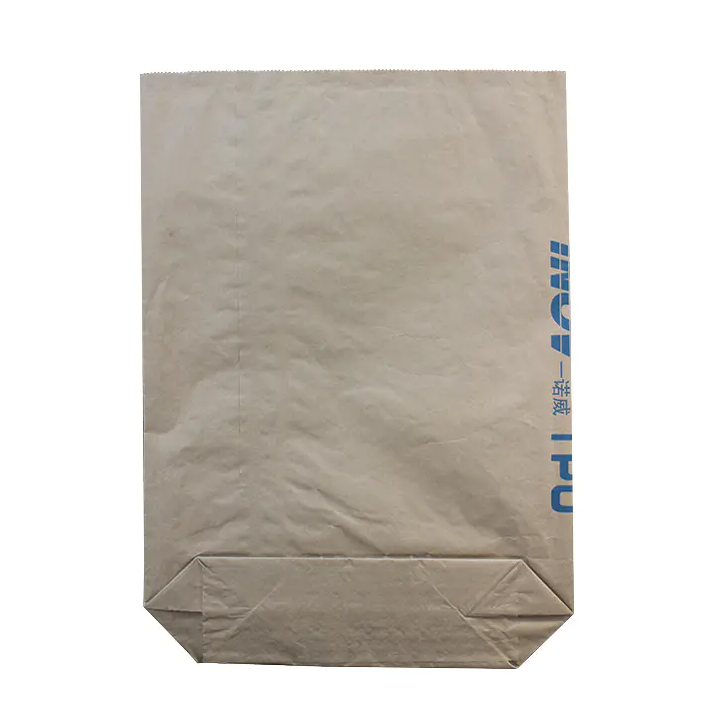Composite packaging refers to materials made from multiple layers of different substances, such as paper, plastics, and aluminum foils. The goal is to combine the advantages of each material to improve barrier performance, strength, and durability while maintaining lightweight properties.
Composite packaging is used in products that require protection from oxygen, moisture, and light. The layered construction allows for tailored properties, such as flexibility, puncture resistance, and printability. These packages are widely applied in food, pharmaceuticals, and industrial products.
Formats for composite packaging include stand-up pouches, bags, cartons, and liners. Laminated layers are bonded using adhesives, heat, or extrusion processes, and printing is often applied to display branding, product information, and compliance details.
The versatility of composite packaging enables manufacturers to meet product-specific requirements efficiently. It helps extend shelf life, protect quality, and improve storage and transport handling. With proper design and production, composite packaging balances performance, cost, and sustainability considerations.



